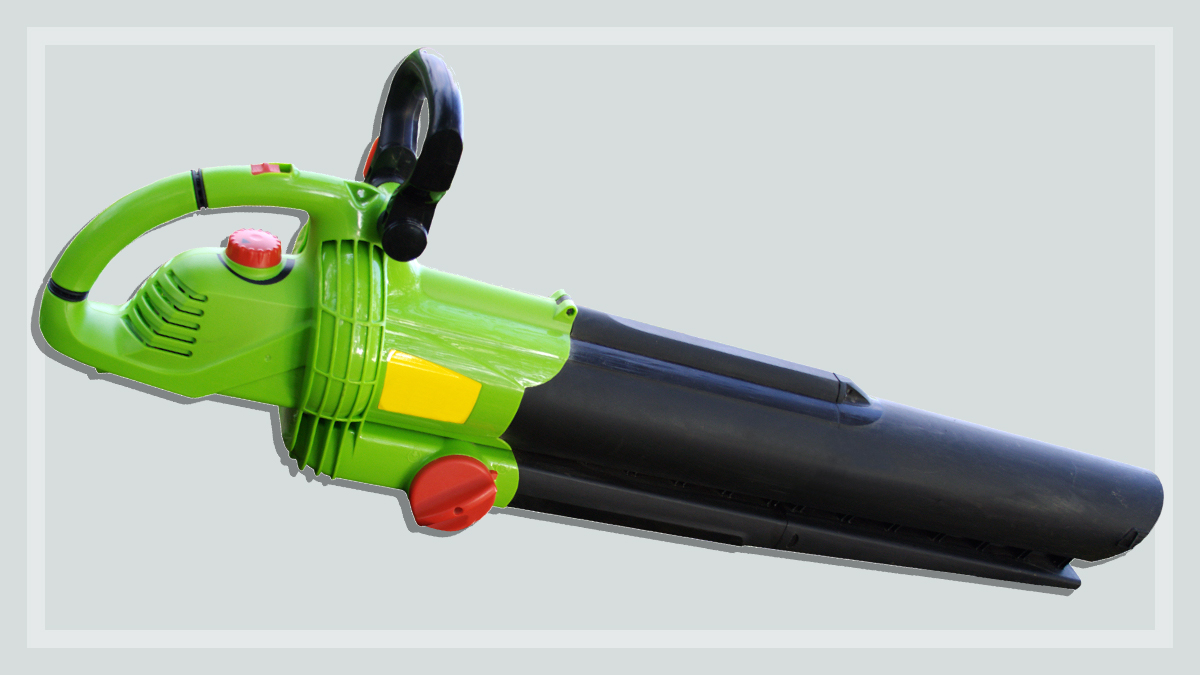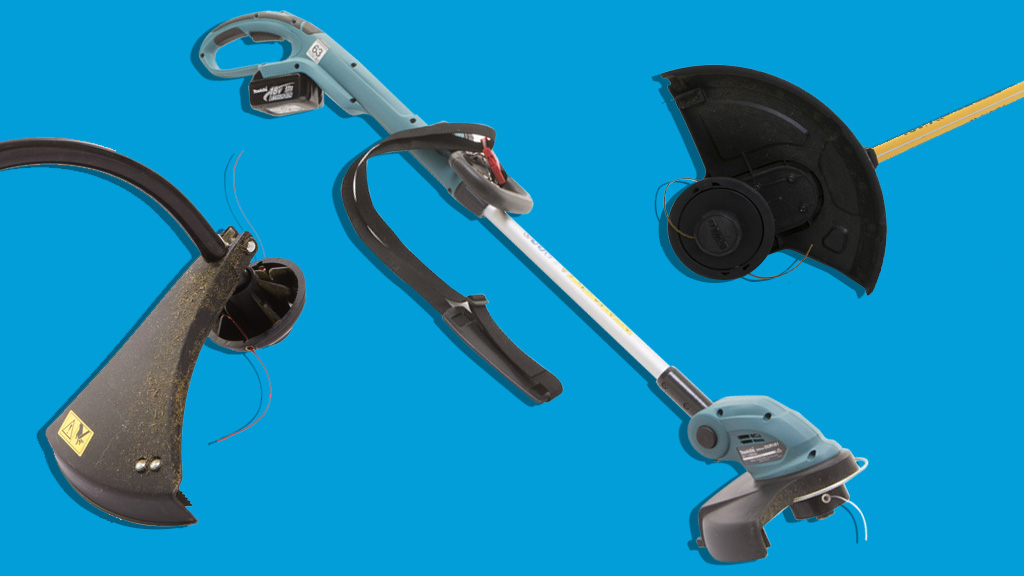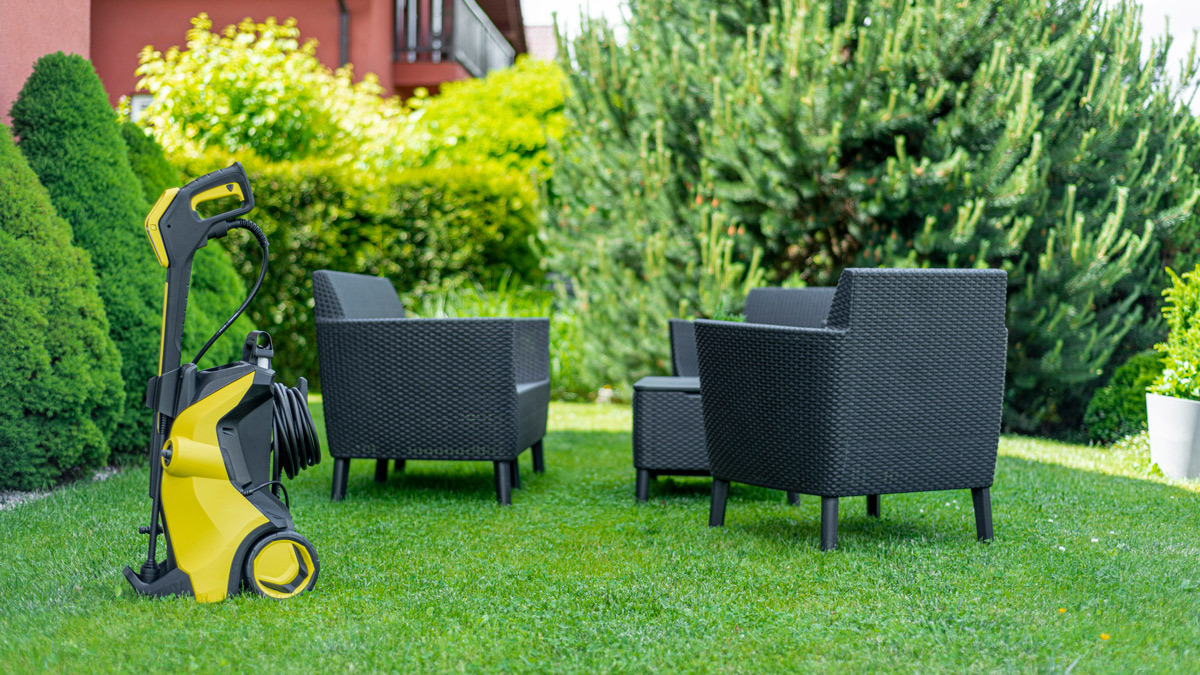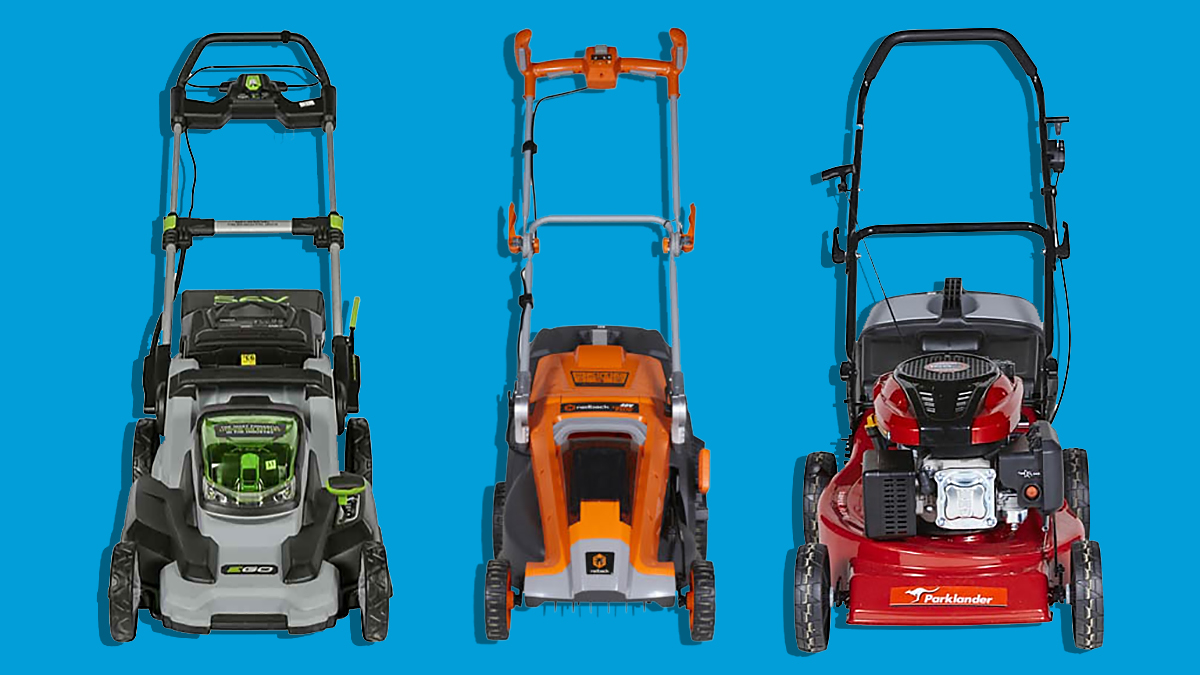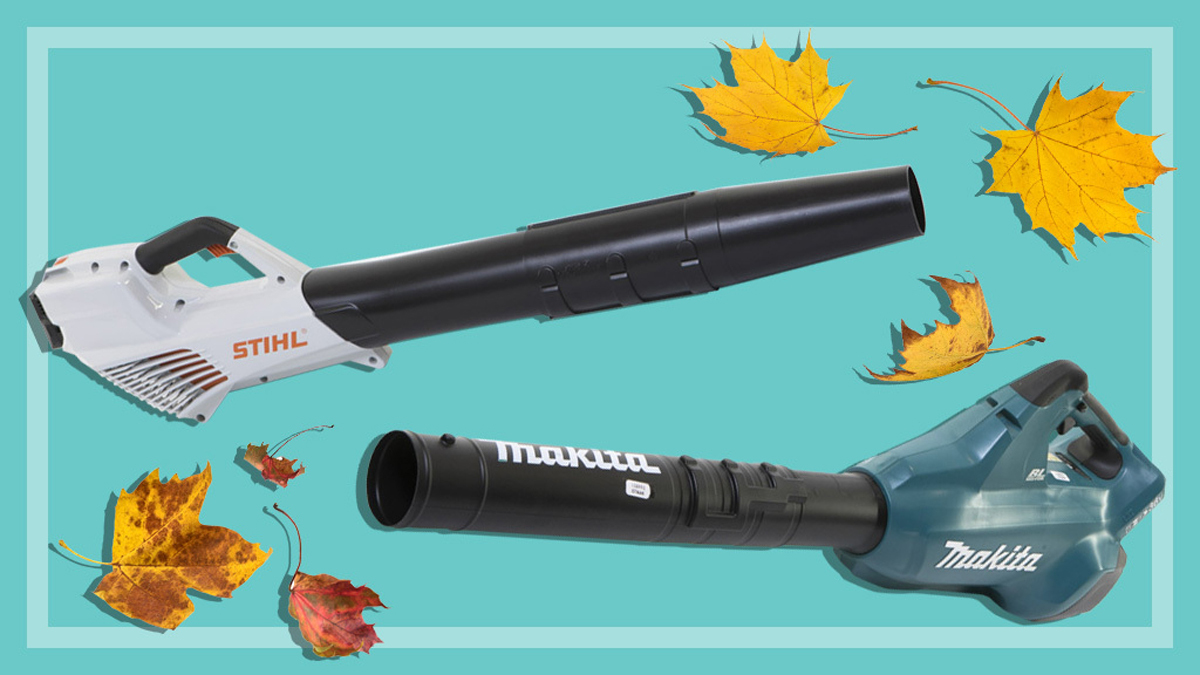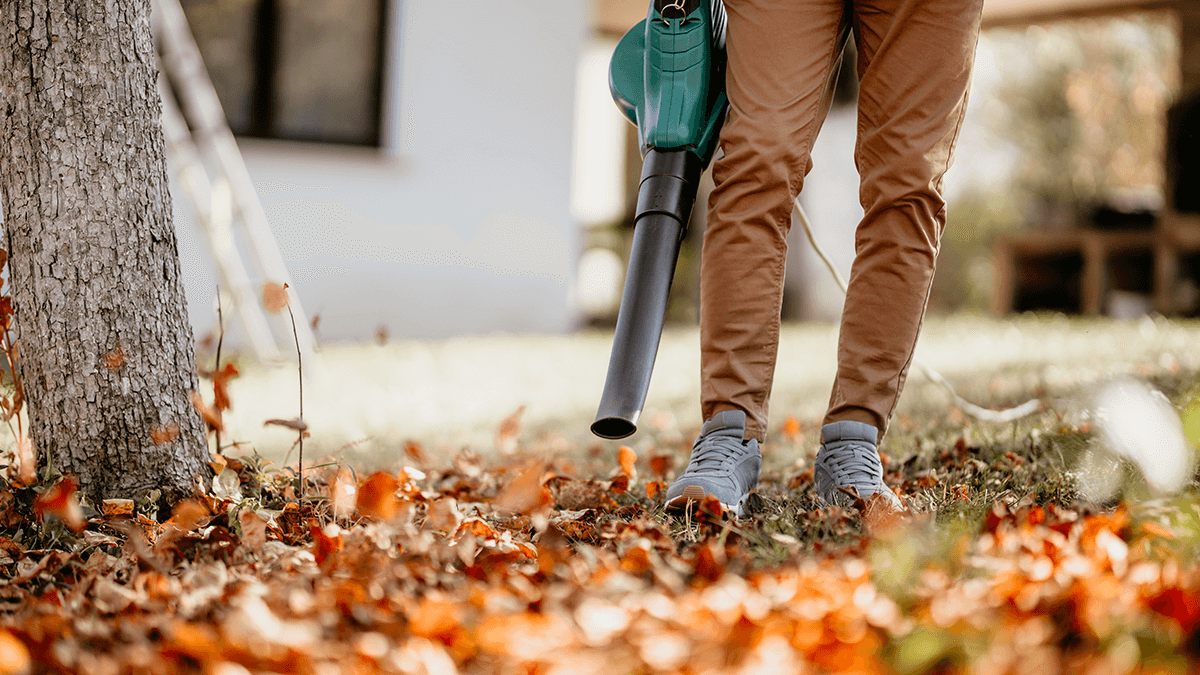Get our independent lab tests, expert reviews and honest advice.
Should you get artificial grass?
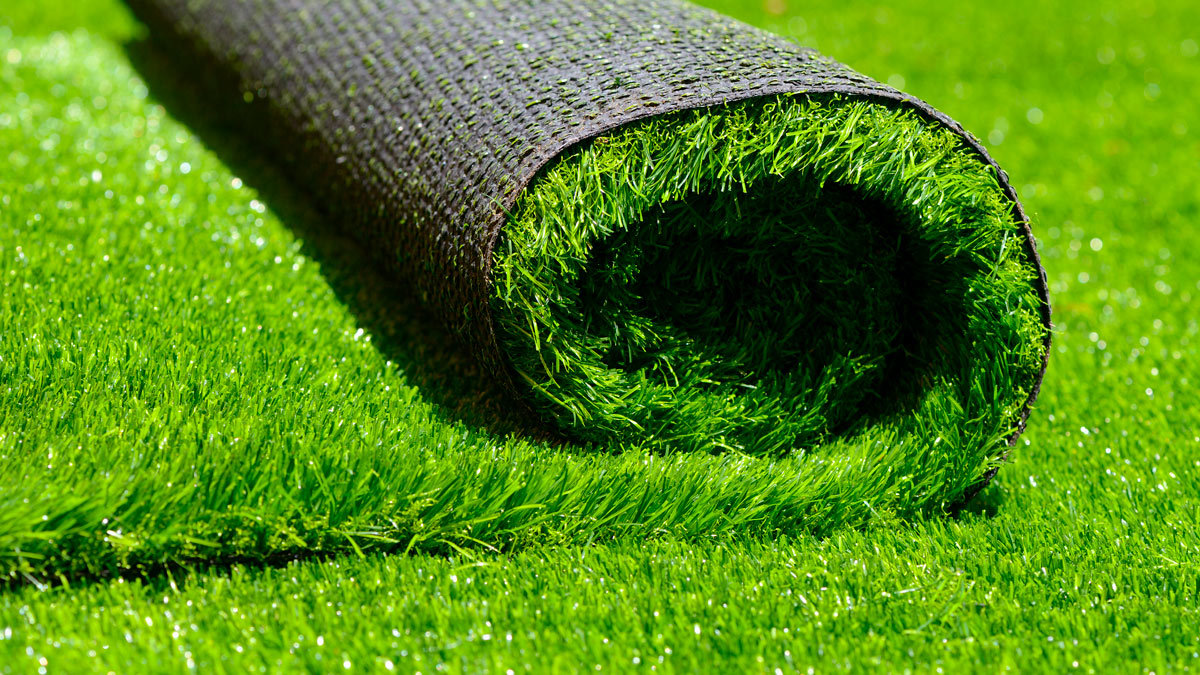
Whether you’re looking to drought-proof your backyard, transform an area where grass refuses to grow, or you simply can’t stand mowing the lawn, you may be considering installing fake, or artificial, grass.
On this page:
- Pros and cons of fake grass
- Does artificial grass get hot?
- Is artificial grass suitable for pets?
- The different types of fake grass
- Environmental concerns
- Cost of artificial grass: DIY vs professional installation
- How to maintain your artificial lawn
Having a perfect lawn without any mowing, watering or fertilising may sound appealing, but there are also some downsides to faking it.
We look at the pros and cons, how much it costs, how to clean it, and the safety and environmental considerations of installing an artificial lawn.
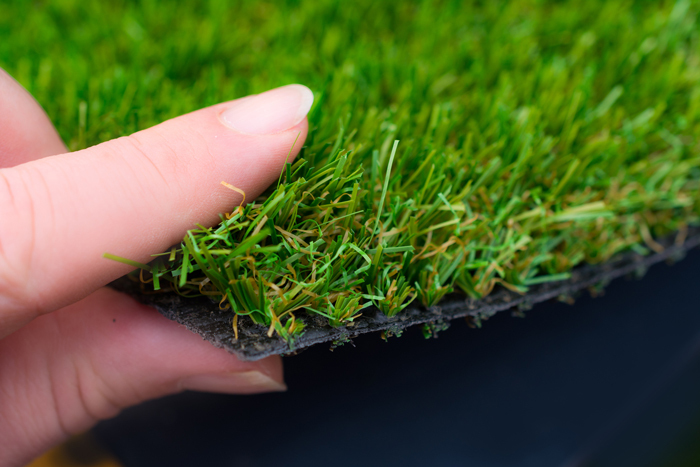
Pros and cons of fake grass
Pros
Year-round perfection
Artificial grass looks immaculate every day of the year, even during drought or when you’ve been away on holiday. It never grows too long and it never looks dead, discoloured or patchy.
Low maintenance
A natural lawn needs mowing and watering, and possibly fertiliser and weed killer to keep it looking healthy. But artificial grass requires very little maintenance.
Dog and child-friendly
Some dog owners prefer artificial grass so they don’t have to worry about holes being dug, or damage from dog urine. And parents of either pets or children may appreciate the end to muddy footprints being tracked through the house.
Allergy-free
Fake grass can make life easier for people who suffer from grass allergies.
Cons
It can look fake
Because artificial grass can look so immaculate and blemish-free, most people can tell it’s not the real deal. But the highest quality turf often includes imperfections, such as brown ‘grass’ blades, to help make it look slightly more realistic.
Expense
Installing an artificial grass lawn costs roughly double what it costs to install a natural lawn using turf.
Longevity
A well-maintained, high-quality installation can last up to 25 years (some companies even offer a lifetime warranty). But standard warranties are only about seven to 10 years, so you may find that your lawn needs substantial maintenance or replacing around this time.
Environmental impact
While turf retailers emphasise how much water and energy you’ll save if you opt for an artificial lawn, the evidence indicates that they have a larger carbon footprint than their natural counterparts. What’s more, there is concern about how they impact the soil ecosystem and the wider environment.
Does artificial grass get hot?
It’s no secret that plastic heats up in the sun, so it stands to reason artificial grass might get pretty hot on a summer’s day. We spoke to Dr Sebastian Pfautsch, associate professor in Urban Studies at the University of Western Sydney, to find out exactly how hot your artificial grass could get.
Surface temperatures
According to Pfautsch, the surface of artificial grass can become dangerously hot in direct sunlight, posing a significant burn risk, particularly to young children.
“Surface temperatures of unshaded artificial turf can reach up to 100°C on a hot day,” he says.
“This can easily cause surface burns, especially for toddlers and young children.”
Pfautsch says just a few seconds of direct contact with hot artificial grass can be enough to cause burns.
In fact, in 2020, three toddlers sustained second-degree burns after walking barefoot over artificial turf at their childcare centre.
Radiant heat
And it’s not just burns that are a concern when it comes to the temperature of artificial lawns. Pfautsch says radiant heat is also an issue.
“The air temperature surrounding unshaded artificial turf is significantly elevated,” he says.
“Children playing on unshaded turf will be exposed to much higher temperatures, even on a relatively mild summer’s day, putting them at higher risk of dehydration, heat rashes and heat exhaustion.”
If you have a small block with very little airflow, the turf will reradiate stored heat into the microclimate surrounding your home, effectively heating up your house
Dr Sebastian Pfautsch, University of Western Sydney
Pfautsch also warns people that the radiant heat could affect the temperature of their home.
“If you have a small block with very little airflow, the turf will re-radiate stored heat into the microclimate surrounding your home, effectively heating up your house,” he says.
“You may be saving money on mowing and watering, but you’ll likely find your electricity bill is notably higher over the summer.”
How to cool down artificial grass
If you’re worried about how hot your artificial lawn might get, it’s worth noting that there are a range of yarns and cooling infills available that are specially designed to bring down surface temperatures.
Cooler yarns
Some retailers offer cooler yarn types that use infared (IR)-reflective pigments to prevent this type of radiation being absorbed. Since IR radiation is partially responsible for the increase in surface temperature, lawns with this technology heat up slower in direct sunlight and don’t get as hot as other artificial lawns.
Cooling infills
Cooling infills generally use evaporative cooling technology. The infill stores water so that when surface temperatures rise, the water evaporates, creating a cooling effect. One such product claims to reduce surface temperatures by 30%, and up to 28 degrees.
One of the artificial turf owners we spoke to for this article (case study 3) says that while it does heat up, her lawn is cool enough to walk on even during the peak of the Perth summer, so it seems some of these products really do work.
Is artificial grass suitable for pets?
It can be, yes. Retailers promote the fact that it prevents pets from getting muddy or digging holes in the garden. And some pet owners say they have no issues keeping them clean (see Storm’s case study below). However, others report that having their pet do their business on a plastic lawn leads to bad odours and unhygienic surfaces (see Daniella’s case study below). Plus, if your lawn heats up a lot in the sun, you’ll need to consider the comfort and safety of your furry friend.
If you have pets, it’s important to choose a turf with plenty of drainage and good durability
If you do plan on having an artificial lawn installed and you have pets, it’s important to choose a turf with plenty of drainage and good durability. And you’ll also likely need a special pet infill, which is designed to absorb pet urine to prevent the release of ammonia gas and reduce foul odours.
Most pet infills also have a cooling effect, which is helpful for keeping surface temperatures safe for your pets.
You can also buy specialty cleaning products for pet owners to deep clean your grass.
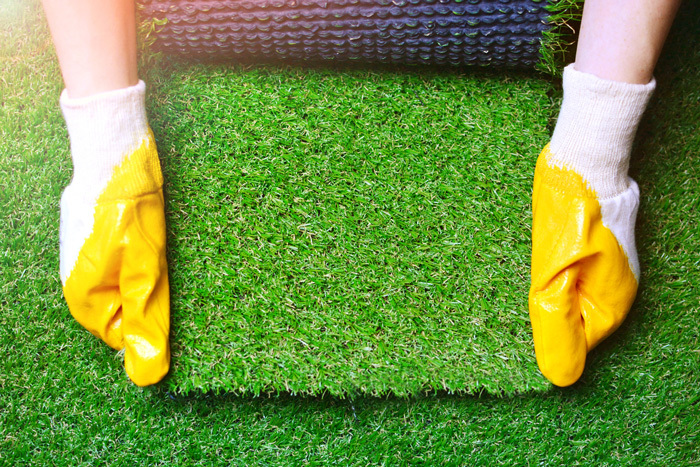
The different types of fake grass
The artificial grass used for landscaping comes in a range of lengths, thicknesses and colours. Thicker yarns are usually softer (but more expensive) and are best suited to areas where people tend to walk or stand.
Colours range from vibrant green to more realistic and variable shades. Most high-quality turfs include some brown blades of grass for a more realistic look.
Features to look for
- UV stabilisation – stops fading/degradation of your lawn under the sun
- Cooling technology – uses special material designed to be cooler in hot sun
- Sustainability – some lawns are partially made of sugar cane instead of plastic
- Durable/pet friendly – specially designed for households with pets or high-traffic backyards. Its curly, texturised yarn resists flattening and springs back up easily.
Speciality infills
The infill is the material you spread on top of your lawn to anchor it in place once it’s been laid. The standard infill material is sand, but there are also speciality infill products, including:
- cooling infills to lower the temperature of your lawn
- pet infills to absorb ammonia from urine and reduce odours
- shock-absorption infills to make your lawn safer for children, especially if you also have high-play equipment.
Environmental concerns
Celia Connor, lecturer in Environment and Agriculture at Charles Sturt University, says artificial grass is likely to disrupt the complex ecosystem of your soil.
“Most people think of soil as just dirt, but soil is full of microorganisms – it’s an incredibly complex ecosystem,” she says.
“By placing a layer of plastic over the soil you’re limiting those organisms’ capacity to receive oxygen and as the turf begins to break down, materials from the plastic will also leach into the soil, further disrupting the soil diversity.”
She says these effects are unlikely to be limited just to the turfed area, but would also have a knock-on effect on surrounding areas.
Robert Francis, professor of Urban Ecology & Society at King’s College London, adds that installing an artificial lawn provides less opportunity for plant species to grow spontaneously, and eliminates a food source for insects to eat or live on. Plus, he says if the underlying soil has been removed (which is often the case), the topsoil ecosystem is also removed, which means the soil further below is deprived of organic matter and nutrients.
Installing an artificial lawn provides less opportunity for plant species to grow spontaneously, and eliminates a food source for insects to eat or live on
“Research is ongoing to establish the extent of these impacts, including things like insect emergence, gas exchanges between the surface and soils underneath the artificial grass, and impacts on essential insects like bees (pollinators) that would rely on wildflowers like clover that are often found on living lawns, especially in urban areas,” he says.
While more research is undoubtedly needed, studies looking at synthetic turf fields have found poor soil health outcomes in turfed areas. The broader environmental effects of this haven’t yet been confirmed, but it is generally accepted that the greater the complexity and diversity in the soil microbiome, the more resilient the environment.
Connor suggests that a better alternative for people wanting to reduce lawn maintenance might be to replace lawn areas with ground covers and garden beds.
“If you have well-prepared garden beds and use the right plants, they will take very little effort to maintain,” she says.
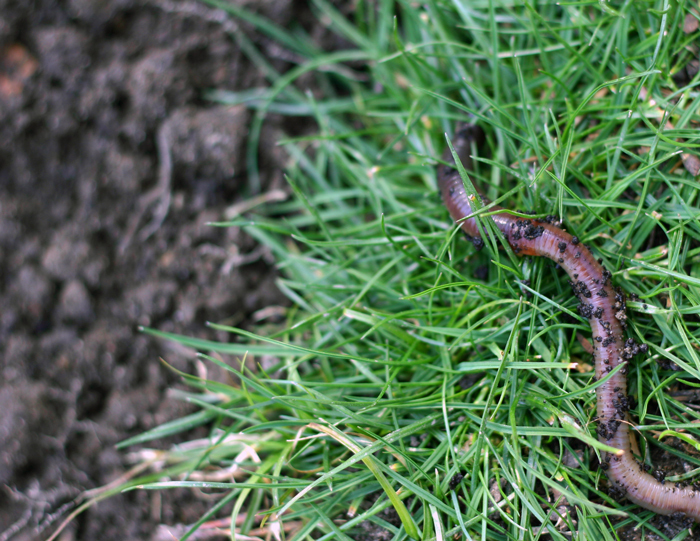
Microplastics
Both Pfautsch and Connor also highlight the risk of microplastics entering waterways from artificial turf.
“If there are drainage issues and the water is draining unfiltered away from properties, there will be a real risk of exporting microplastics into the waterways,” says Pfautsch.
While the volume of microplastics released into the waterways from backyard artificial lawns hasn’t been studied, research into artificial sporting fields in Europe estimates that they lose about five to ten percent of their plastic fibres per year. It’s not known how much of this ends up in our waterways.
Plastic waste and carbon footprint
The plastic waste generated by artificial lawns is another area of concern. Although some lawns can last a lifetime, others may last only a few years – either way, they’ll eventually end up in landfill.
And while some turf companies claim that the environmental cost of producing an artificial lawn is balanced out by its lower maintenance requirements over its lifetime, the evidence says otherwise.
Preliminary studies have found that synthetic turf has a larger carbon footprint than natural turf when the entire manufacturing, installation maintenance and end-of-life disposal is taken into account. And the difference is even greater if you don’t recycle your lawn after it’s removed.
Runoff and flooding
Professor Francis says that although artificial grass might not have much effect on flooding at a local scale, if lots of gardens have their lawns replaced with artificial grass this may exacerbate the problems associated with runoff in cities.
“For urban drainage to work well, much of the rainfall should be absorbed by vegetation,” he explains.
If lots of gardens have their lawns replaced with artificial grass this may exacerbate the problems associated with runoff in cities
“In urban areas where there are lots of impermeable surfaces like concrete and plastic and less vegetation, the runoff from rain can become a problem, because it means that lots of water flows directly into local waterways or drainage systems instead of infiltrating into the ground.
“This can lead to the drainage systems or rivers being overwhelmed, and flash flooding occurring.
“Studies have shown that the proportion of rainfall that runs off the surface of artificial grass is far higher than living grass – up to 60% in some cases, where the artificial grass fibres are particularly dense.”
Is there environmentally friendly artificial grass?
Some companies are working to produce “greener” alternatives to the 100% plastic lawns that are currently the norm in Australia.
Australian-owned and manufactured synthetic grass company All Seasons Synthetic Turf sells a turf that is made from 60% sugar cane.
“In Australia, we haven’t quite caught up with the move towards sustainability we are seeing within the industry in Europe,” says the company’s owner Steve Fellows.
“I expect we’ll be seeing more sustainable options entering the market within the next five years.”
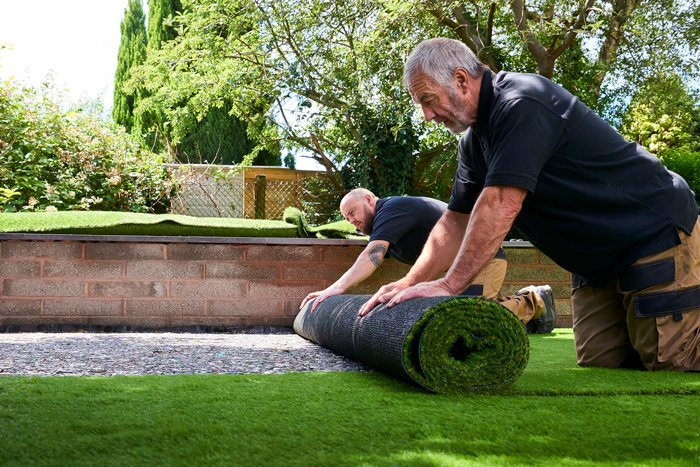
Cost of artificial grass: DIY vs professional installation
The price of an artificial lawn can vary dramatically depending on the quality of turf you choose and how it’s installed. As a general rule, a professional installation can cost about twice as much as doing it yourself.
Professional installation of artificial turf for a 50m2 backyard could cost anywhere between $3750 and $6500 in total. Installers will charge about $55–$60 per square metre depending on the difficulty of the job, so combined with the cost of the turf itself, you’d be paying about $75–$130 per square meter.
The cost of laying a 50m2 lawn yourself can range from around $1600 to $4500.
Installing an artificial lawn yourself is definitely cheaper, but it can be quite a complex and time-consuming job.
How to install fake grass
Many turf retailers sell high-quality artificial turf directly to customers. You can also buy artificial turf from online stores (such as eBay) as well as Bunnings.
Here are the steps involved and rough costs:
- Buy the turf. A decent-quality artificial turf will cost about $20–$70 per square metre. This means the turf for a 50m2 backyard would cost $1000–$3500.
- Prepare the base. Although some DIY guides skip this step, the experts agree that to allow for proper drainage, you’ll need to create a level base using crushed rock and then a top layer of finer crushed stone or sand. The crushed rock for a 50m2 backyard would cost around $350 but you’ll also have to pay to have it delivered, or hire a truck or trailer to transport it yourself. You’ll also need to rent a vibrating plate/compactor ($64 per day*) to compact the rocks and create an even surface.
- Infill material will need to be spread on top of your grass once it’s been laid to keep the grass looking natural and to protect it from UV rays. Most manufacturers recommend using sand. You’ll need 5–15kg of sand for every square metre. You can buy 20kg bags for $10.30*.
- You’ll need joining tape ($23.56 for five metres*) to connect the pieces of turf.
*Example prices are from Bunnings.
Common pitfalls of DIY installations
Installing your artificial lawn yourself will undoubtedly save you money, but it can be quite a difficult process. Fellows says these are some of the most common pitfalls:
- Bad preparation: if the base layer isn’t compacted properly, it could lead to undulating turf and uneven ground. If it’s set too low or too high, it could look messy or have drainage issues.
- Poor fitting: if the lawn isn’t laid properly, you may see gaps around the edges or obvious joins. Joins can also come apart, meaning the turf can move around.
- Too little infill: if there isn’t enough infill, the lawn can move around or even blow away.
Although it may be worth doing it yourself if you only have a small area to cover, it’s probably worth investing in professional installation if you’re looking to install an entire backyard.
Do you need council approval to install artificial grass?
That depends. You’re free to lay artificial grass on your own property, but you may need to speak to your local council if you intend to install it over the council-owned nature strip or verge outside your home.
Some councils will let you, but others may limit the percentage of your verge that you can cover with artificial grass. Some councils may allow its installation only in certain circumstances and subject to certain conditions.
How to maintain your artificial lawn
Weekly
- Hose your lawn to remove dust and debris.
Monthly
- Sweep your grass against the grain to remove debris and keep your grass in an upright position.
As needed
- Remove any animal waste and hose down the area.
- If your lawn gets any spills, rinse down the area immediately to prevent stains.
- If your lawn shows signs of growing bacteria, use a solution of half water, half vinegar to remove spores from the area. (Bacteria growth should be rare in a well-installed artificial lawn.)
Remove weeds (particularly around the edges of the lawn) or apply weed killer three to four times a year to stop them growing.
Real life stories: What do owners of artificial grass think?
Pam had an artificial lawn installed in her 40m2 backyard in November 2015 to reduce maintenance and create a space where her children could practise hockey. Almost six years on, she’s very happy with her choice.
“The grass still looks exactly the same as the day it was laid,” she says. “People don’t even notice it’s artificial at first glance, it’s only when the sun shines on it at a certain angle you can see the shine reflecting off the blades.”
She says that although she loves not having to mow or water her lawn, it does require some maintenance.
“Weeds do come up, mainly around the edges, but they’re easy to just pull out with your hands,” she says.
Overall, the benefits outweigh the negatives
“From time to time, you can also get some dippage in the sand layer underneath the lawn, so you need to lift it up and top up the sand to flatten out the surface.”
Although she’s very happy with her lawn overall, she does point out a couple of downsides.
“The lawn can get very hot during summer – you can’t sit directly on the grass in the middle of the day without putting a towel down,” she says.
“We’ve also noticed some people can have a reaction to it – our daughter got a skin rash after lying directly on the grass.”
But Pam says that, overall, the benefits outweigh the negatives, and she’d definitely recommend considering artificial grass if you think it could be right for you.
Danielle moved into her property in Sydney’s Sutherland Shire just over a year ago, and the property already had artificial grass installed. She says she likes the way it looks and if she didn’t have pets she’d probably be happy with it. But with two small dogs doing their business on it daily, she says it stinks.
“The urine smell is really strong even though I pressure wash it every week with Dettol and bleach. I’ve bought a fake grass cleaning solution too but it still smells a bit after using it. It stinks even more during summer, especially on really hot days.”
And while the urine smells are bad, she says poos can be even more problematic.
“If you don’t pick it up quickly, runny dog poo gets stuck to the grass, which is so gross and difficult to clean.”
She says she wouldn’t recommend artificial grass to people with dogs.
“We have two small dogs and it’s hard work to keep it clean. I don’t want to imagine the mess it would be having big dogs!”
Storm had artificial grass installed in 2018 when she built her home in Perth. She has an alfresco area and a pool, both surrounded by artificial grass that houses lots of play equipment for her kids.
“We chose artificial turf for the minimal upkeep, to help reduce water usage and also to prevent grass clippings from going into the pool,” she says.
Having had artificial grass in the past, she says she did a lot of research on which product to go for.
“We had a specific checklist, which included things such as pet-friendly, heat-resistant, durable, realistic-looking and affordable.”
Storm says she is extremely happy with the artificial grass she ended up choosing. She is particularly impressed with how it stands up to the heat.
“Perth summers can be quite hot. Last summer we had a heatwave of over 40°C for over a week. The grass warmed up; however, we were able to walk on it and not get scalded like some other artificial turfs. Our previous one we would not be able to walk on during heat like that.”
She says she also found it very pet-friendly.
“We used a product called P Off to deep clean the turf. It is recommended to use it once a month; however, we only found we needed it a couple of times as the weather warmed up and over the course of summer. He has since passed, and there are no lingering odours.”
Overall, Storm says she would absolutely recommend artificial turf for people with pets, “provided you install the grass properly for drainage and are willing to maintain by cleaning when needed”.
“We love our current artificial turf,” she says.
“It’s very low maintenance and looks wonderful! The only issue we have had to date is that our kids took a particular liking to a corner and found fun in trying to lift it. It was easy enough to pin back in place once that stage was over!”

